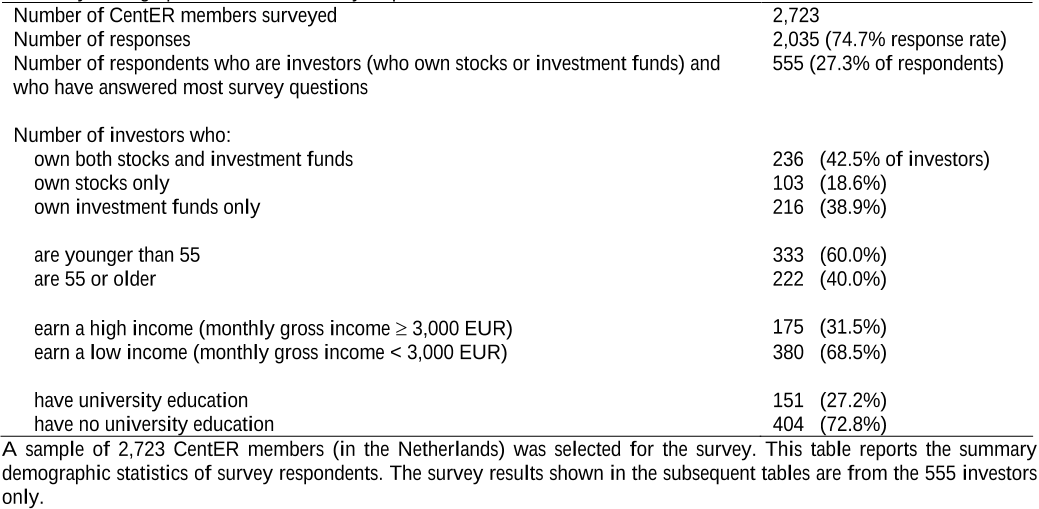Abstract: L’objectif de cette these est de mieux apprehender les decisions de distribution de liquidites aux actionnaires dans le cadre de la theorie de l’agence, ainsi que le choix de l’instrument de distribution : dividende ou rachat d’actions
La structure de l’actionnariat des entreprises europeennes pousse a elargir le cadre classique et a etudier a la fois l’influence des conflits entre actionnaires et dirigeants, et ceux entre actionnaires majoritaires et minoritaires Cette analyse necessite la prise en compte des determinants de l’intensite de ces conflits, mais aussi du systeme de gouvernance auquel est soumis l’entreprise
A travers une etude empirique sur les societes francaises du SBF250, nous montrons la pertinence de ce cadre theorique, mais aussi les limites, en France, de l’utilisation des politiques de distribution pour resoudre les conflits d’agence Si les distributions sont utilisees pour diminuer le risque de Free Cash Flow, elles ont un effet limite face au conflit entre actionnaires majoritaires et minoritaires Faute de mecanismes de gouvernance alternatifs et efficaces, ces derniers ne parviennent pas a provoquer des distributions, laissant ainsi l’actionnaire dominant libre de diminuer les distributions pour faciliter l’extraction de benefices prives
Par ailleurs, cette these s’interesse au choix de l’instrument de distribution Ainsi, conformement aux hypotheses issues de la litterature, nous montrons que le rachat est prefere lorsque les dirigeants detiennent des stock-options ou lorsque les revenus de la firme sont temporaires En revanche, la fiscalite n’influence pas significativement le choix de l’instrument Enfin, notre recherche souligne que le rachat est un outil de distribution peu utilise en France et que le dividende en reste le moyen privilegie





